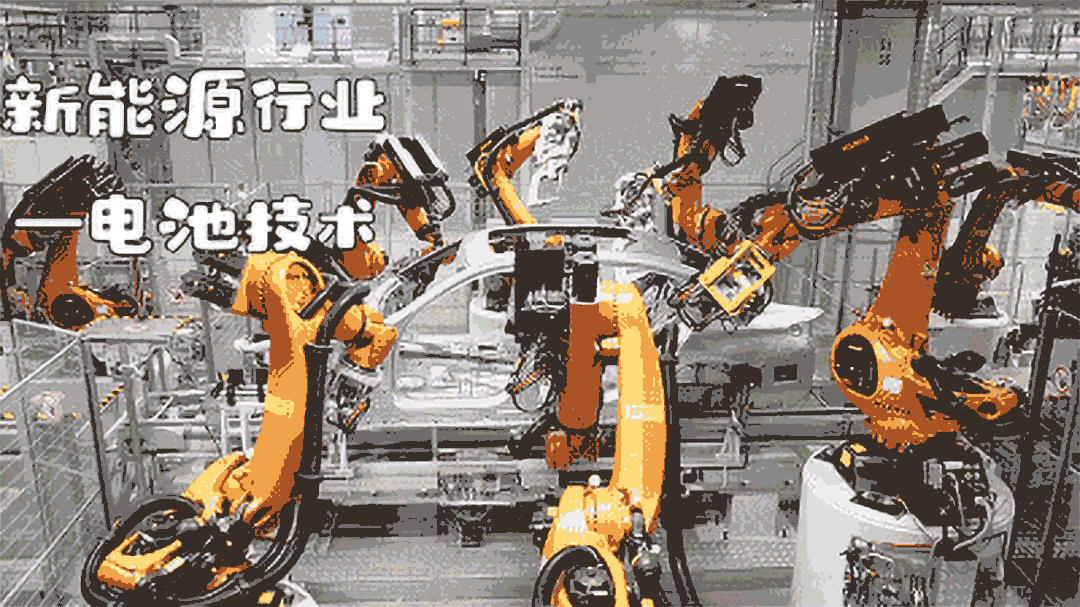
A battery is an energy storage device that converts chemical energy into electrical energy to power various electronic devices.
Anode (Negative Electrode): Typically composed of more reactive chemical substances that release electrons.
Cathode (Positive Electrode): Usually made of more stable chemical substances that receive electrons.
Electrolyte: Allows ions to move between the anode and cathode but prevents direct electron flow, ensuring electrons travel through the external circuit.
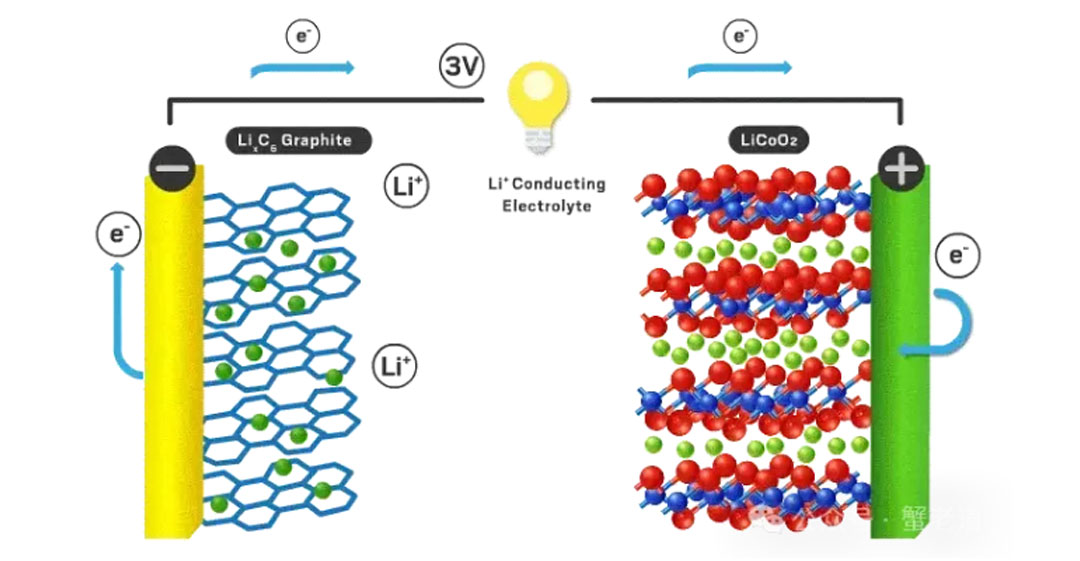
During Discharge: The anode material undergoes a chemical reaction, releasing electrons that flow through the external circuit to the cathode, generating a current.
During Charge: An external power source supplies electricity to the battery, forcing electrons to flow from the cathode to the anode, storing energy.
Lithium-Ion Batteries (LIBs): High energy density and long cycle life. Widely used in portable electronics, electric vehicles (EVs), and grid-scale energy storage. Safety concerns exist, such as thermal runaway caused by overheating.
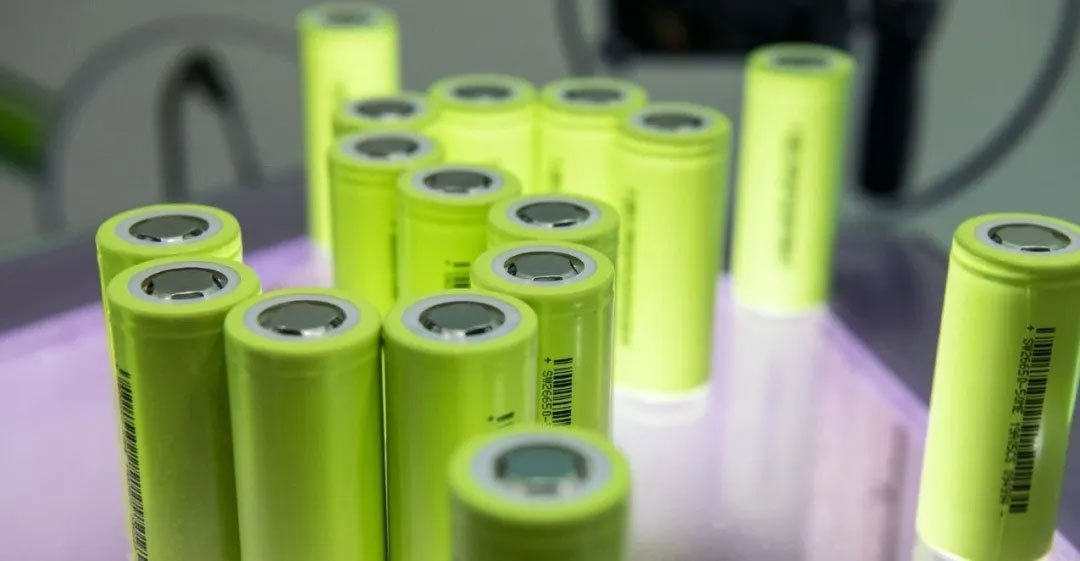
Solid-State Batteries (ASSBs): Use solid electrolytes instead of liquid, enhancing safety. Potential for higher energy density. Still in research and development, not yet commercialized at scale.
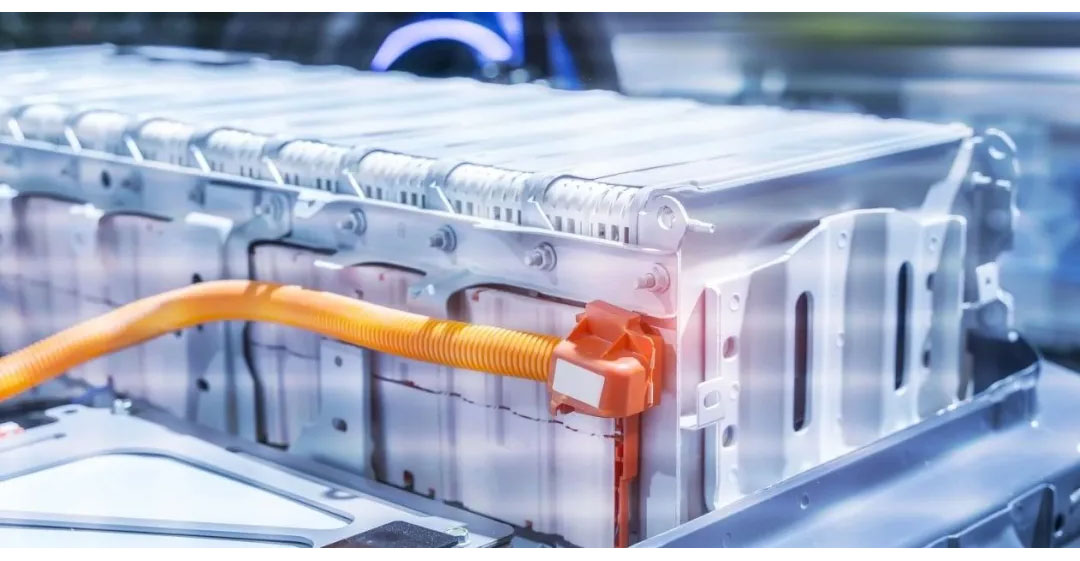
Sodium-Ion Batteries (SIBs): Abundant sodium resources and lower cost. Lower energy density than LIBs but offer safety and cost-effectiveness advantages. Suitable for large-scale energy storage and specific applications.

Lead-Acid Batteries: Low cost and mature technology. Widely used in automotive starting, lighting, and ignition systems. Limited energy density and cycle life.
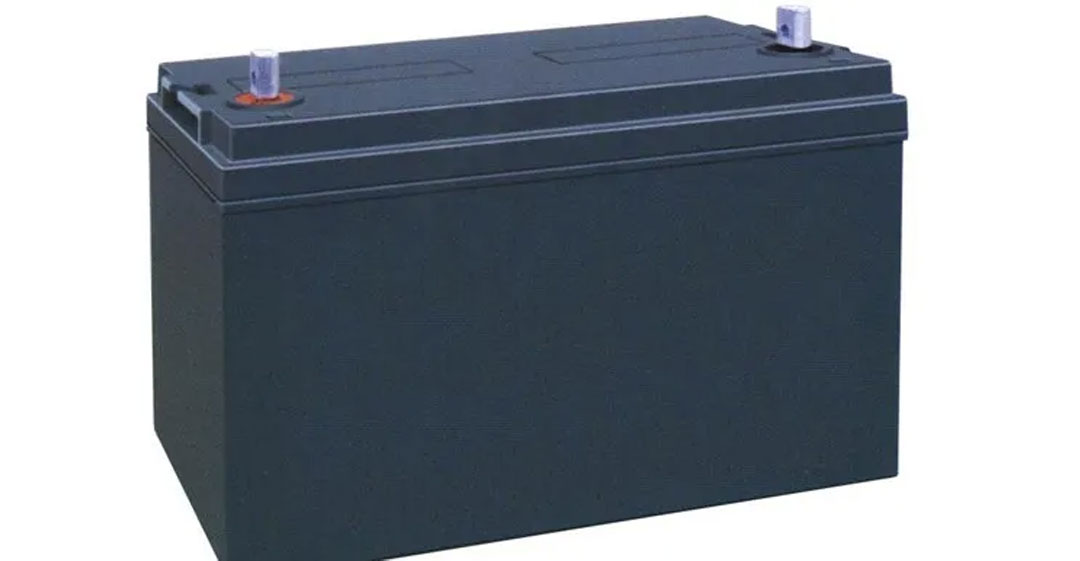
Nickel-Cadmium (NiCd) and Nickel-Metal Hydride (NiMH) Batteries: NiCd batteries are gradually phased out due to toxic cadmium. NiMH batteries have higher energy density and no memory effect but are being replaced by LIBs.
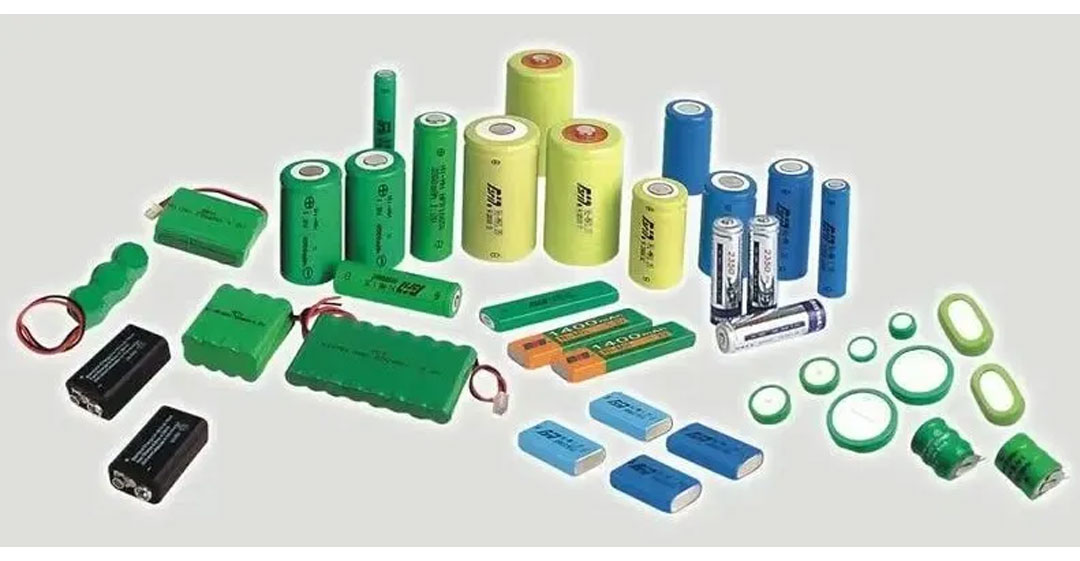
Flow Batteries: Store energy through chemical reactions in liquid electrolytes. Ideal for large-scale, long-duration energy storage systems. Independent power and energy capacities, easily scalable.
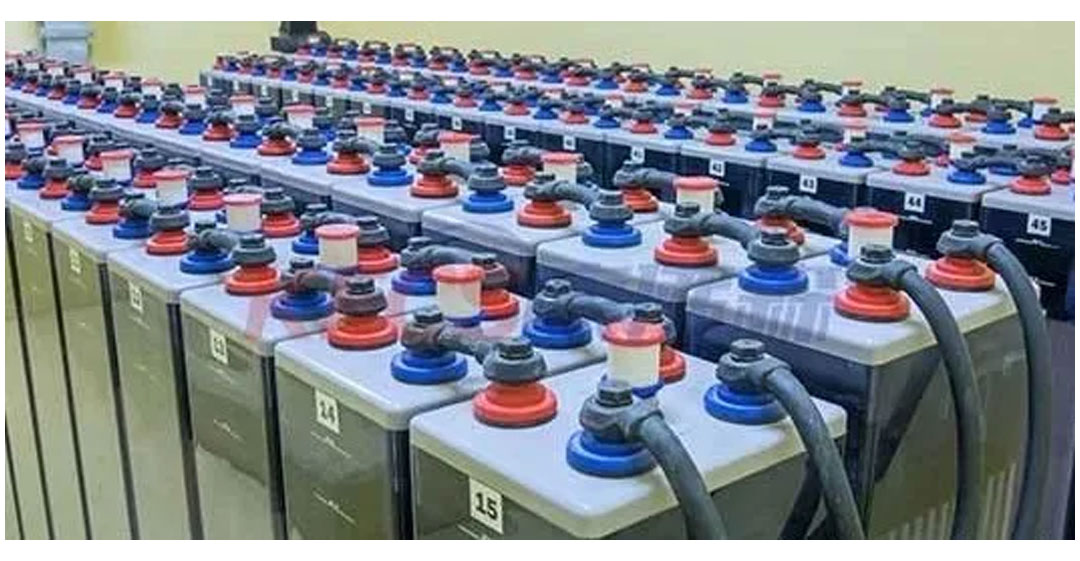
Supercapacitors: High power density and long cycle life. Lower energy density, suitable for short-term, high-power output.
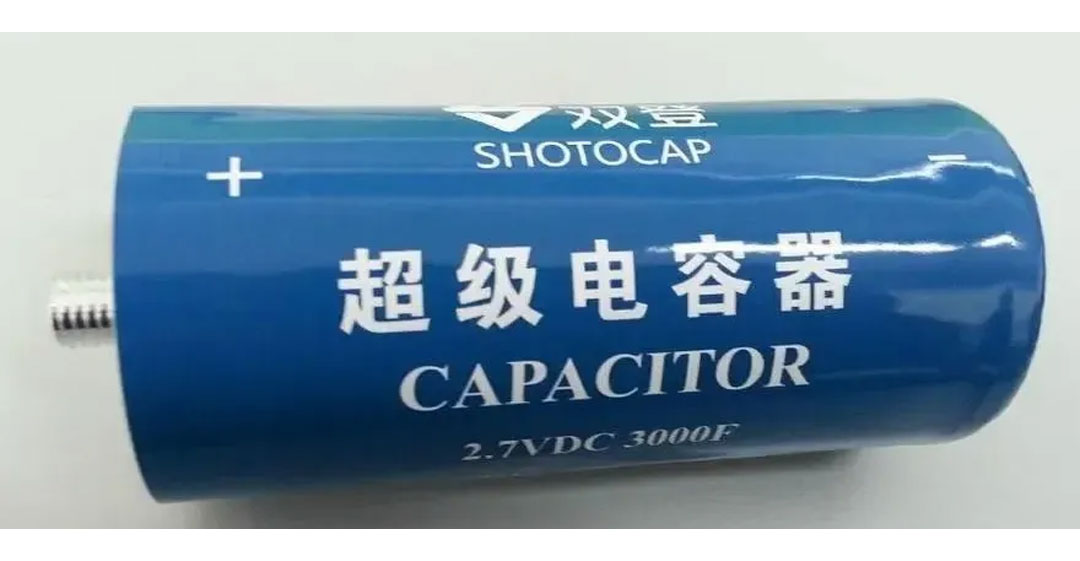
Hydrogen Fuel Cells: Generate electricity through the chemical reaction of hydrogen and oxygen. Clean energy source with water as the only byproduct. Suitable for EVs and stationary power generation.
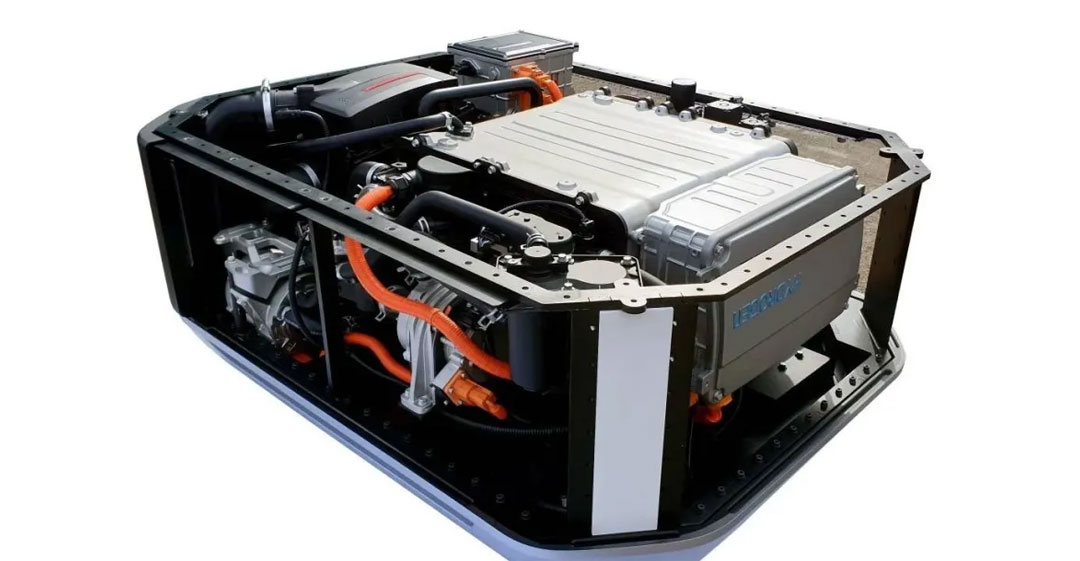
Metal-Air Batteries: Use metals (e.g., lithium, zinc, aluminum) reacting with air (oxygen) to produce electricity. High theoretical energy density.

Energy Density: The amount of energy stored per unit mass or volume. Measured in Wh/kg (watt-hours per kilogram).
Power Density: The power output per unit mass or volume. Measures the ability to provide or consume energy over time. Expressed in W/kg or W/L.
Cycle Life: The number of charge-discharge cycles before significant performance degradation.
Self-Discharge Rate: The rate at which a battery loses charge when not in use. Affected by temperature, humidity, and storage time.
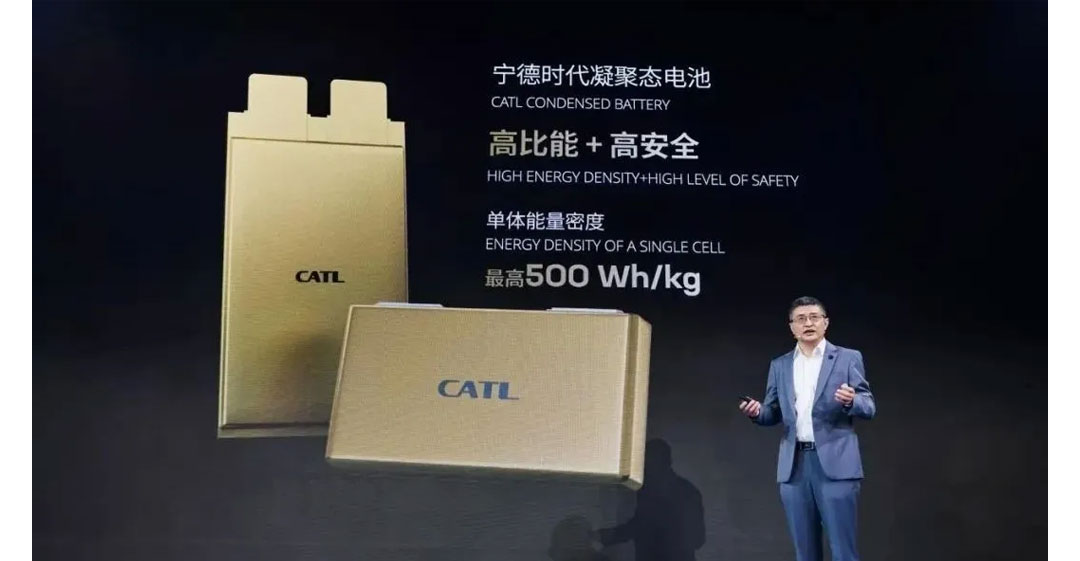
Portable Electronics: Phones, cameras, laptops, etc.
Electric and Hybrid Vehicles: Primary energy storage system lithium battery.
Energy Storage Systems: batteries and renewable energy for example Storing solar and wind energy.
Medical Devices: Pacemakers, portable medical monitoring devices.
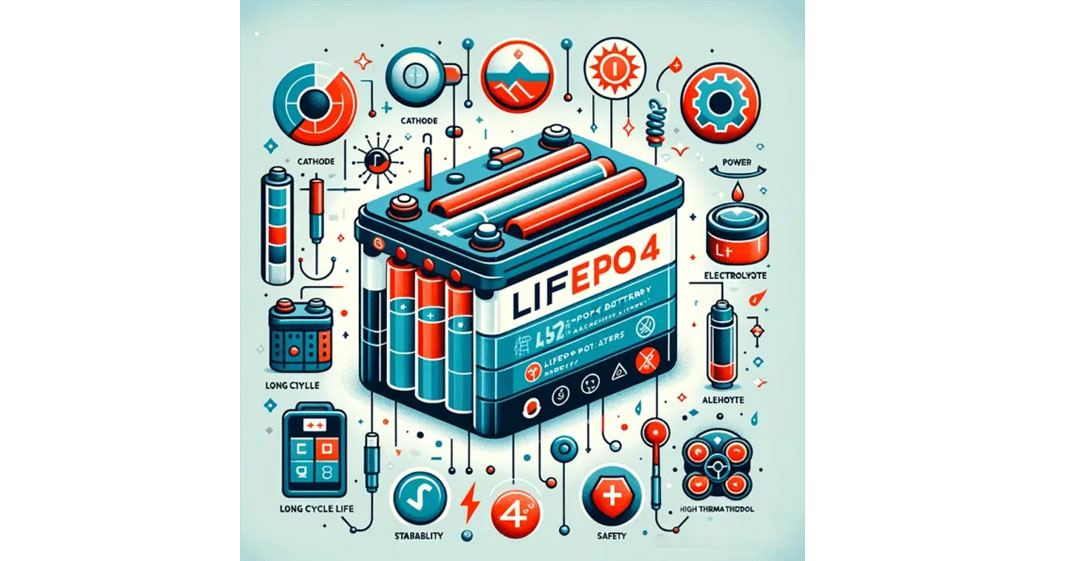
Increasing energy density for longer device usage and EV range.
Enhancing safety to reduce battery failures and thermal runaway risks.
Prolonging battery life to lower replacement frequency and costs.
Developing fast-charging technologies to shorten charging time.
Researching eco-friendly and sustainable battery materials to minimize environmental impact.
Advancements in battery storage technology are crucial for driving energy transitions and achieving sustainable development. With advances in battery storage technology progress, future batteries will become more efficient, safer, and environmentally friendly.
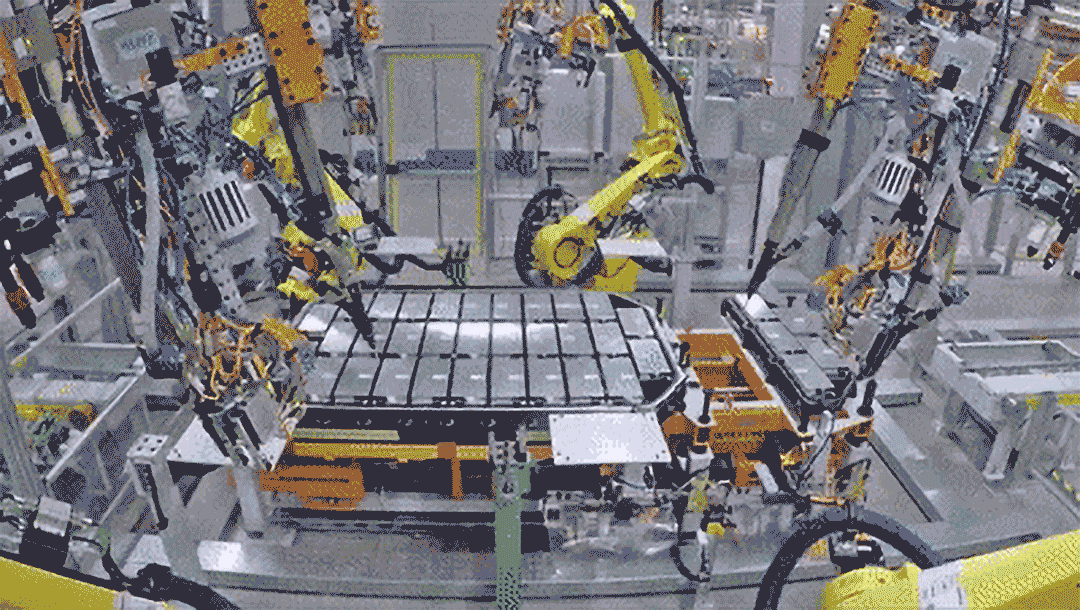
NCM batteries and LFP batteries are two primary types of power batteries in the current new energy vehicle sector, each with distinct characteristics and advantages.

(1) Energy Density: NCM batteries generally have a higher energy density, reaching up to 240Wh/kg. This means that under the same volume or weight, NCM batteries can provide more electrical energy, leading to longer driving ranges. In contrast, LFP batteries have a lower energy density, approximately 140Wh/kg.
(2) Safety: LFP batteries are considered safer due to their better thermal stability. Their thermal runaway temperature is typically above 500°C, while that of NCM batteries is lower, around 200°C. Consequently, LFP batteries exhibit higher safety under high-temperature conditions.
(3) Low-Temperature Performance: NCM batteries outperform LFP batteries in cold environments. The capacity retention rate of LFP batteries significantly drops at low temperatures, while NCM batteries maintain relatively better performance.
(4) Cycle Life: LFP batteries typically have a longer cycle life, enduring over 3000 charge-discharge cycles. In contrast, NCM batteries have a shorter cycle life, usually around 2000 cycles.

(5) Cost: LFP batteries generally have lower production costs since they do not use precious metals such as cobalt.
(6) Manufacturing Process: The manufacturing process of NCM batteries imposes stricter environmental requirements, particularly for high-nickel batteries. LFP batteries, on the other hand, have lower raw material costs and more abundant supplies.
(7) Cell Consistency: NCM batteries generally exhibit better cell consistency, which contributes to improved overall battery pack performance and lifespan. LFP batteries have relatively poorer consistency, potentially requiring more complex battery management systems to maintain performance.
The choice between NCM and LFP batteries depends on specific application requirements. For instance, NCM batteries may be more suitable for electric vehicles requiring long driving ranges and good low-temperature performance. In contrast, LFP batteries may be advantageous for applications with high safety requirements, cost sensitivity, or where driving range is not the top priority. As battery energy storage technology advance, both battery types are continually enhancing their performance, with potential for innovative solutions to meet market demands in the future.

Apart from battery storage, other energy storage technologies are also experiencing rapid development, including:
Pumped Hydro Energy Storage (PHES): As the mainstream technology for large-scale energy storage, PHES boasts high energy storage capacity and system efficiency. China has achieved leapfrog development in the construction, design, manufacturing, installation, and commissioning of ultra-high-head and ultra-large-capacity pumped storage power stations, and has made some achievements in variable-speed pumped storage technology, though there is still a gap with foreign technologies.
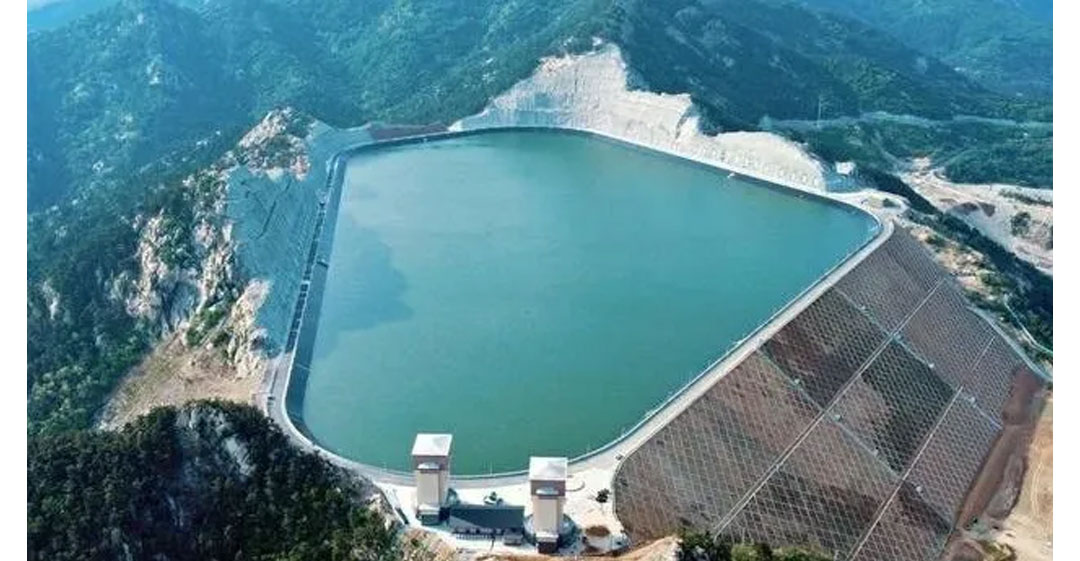
Compressed Air Energy Storage (CAES): China has made notable progress in CAES, exemplified by the grid connection of a 10 MW salt cavern-based advanced CAES commercial demonstration power station in Feicheng, Shandong, and the grid connection testing of a 60 MW salt cavern CAES demonstration project in Jintan, Jiangsu.

Flywheel Energy Storage: China has made phased progress in the independent research and development of large-capacity power-type flywheel energy storage, developing a 500 kW/180 MJ large-capacity flywheel body and a 300 kW, 20,000 rpm high-speed motor technology.
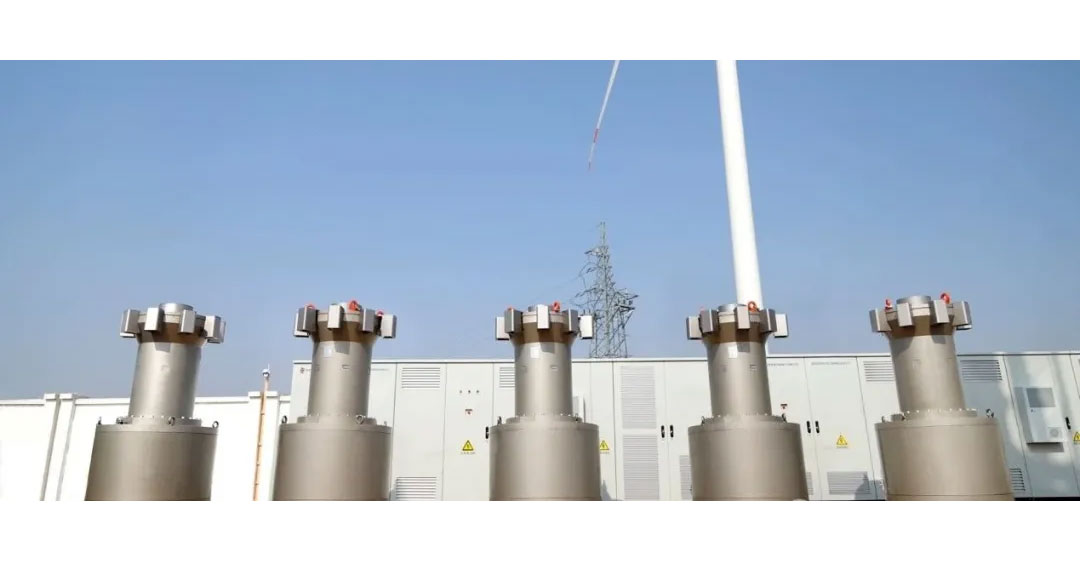
Thermal Energy Storage and Cooling Technologies: With advantages such as large scale, low cost, and long lifespan, these technologies are widely applied in the power, construction, and industrial sectors. China has made research progress in material property regulation mechanisms, heat storage and heat transfer characteristics, and enhancement.

The development of these technologies not only diversifies energy storage options but also provides crucial support for energy transformation and the construction of a new power system. With continuous technological maturity and cost reductions, it is expected that these non-battery energy storage technologies will occupy an important position in the energy storage market in the future.
Increased Industry Attention: Driven by the "dual carbon" targets, new energy storage technologies, including lithium-ion batteries, sodium-sulfur batteries, vanadium redox flow batteries, compressed air energy storage, flywheel energy storage, etc., have garnered widespread attention and are considered to have significant investment potential. During the "14th Five-Year Plan" period, electrochemical energy storage is expected to continue growing.
Cost reduction brought about by technological advancements: As technology advances, exemplified by the decreasing cost of lithium batteries, cell prices have undergone significant drops in 2023, and the average bidding price of energy storage systems has continued to decline, markedly enhancing the feasibility and economic viability of energy storage projects.
Intensified market competition: Technological advancements have intensified market competition, particularly in the lithium battery sector, where enterprises engage in increasingly fierce rivalry. This has driven up industrial concentration and imposed higher innovation requirements on small and medium-sized enterprises.
Investment flows concentrate on the midstream: In the field of electrochemical energy storage, investment layouts are more focused on the midstream of the industrial chain, namely battery production, reflecting the market's emphasis on battery production technology and capacity.
Technological innovation propels industrial upgrading: Iterative upgrades and structural innovations in new technology in battery storage, such as the research and development of solid-state batteries, have presented new challenges and opportunities for the lithium battery industry and enterprises across various segments of its industrial chain.

Sodium-ion batteries show immense potential as an alternative route: Sodium-ion batteries, due to their low cost and abundant resources, exhibit great potential as a significant alternative to lithium-ion batteries, particularly in applications where safety and cost are paramount concerns.
Policy support is bolstered: The Chinese government has introduced numerous policies to encourage the development and innovation of the lithium battery industry, providing policy support that indicates continued momentum for the industry.
Facilitating industrialization and scale formation: Despite ongoing advances in battery storage technology innovations, the industrialization and scaling of emerging technologies like sodium-ion batteries still face challenges, necessitating further technological advancements and market validation.
Forecasted growth in China's lithium battery shipments: It is anticipated that China's lithium battery shipments will continue to rise, with particular optimism in the fields of power lithium batteries and energy storage lithium batteries. Specifically, it is projected that lithium battery shipments will exceed 1,000GWh in 2024, with power lithium battery shipments expected to surpass 800GWh and energy storage battery shipments anticipated to reach 257GWh.

The rapid development of battery storage technology and other energy storage technologies poses a series of challenges and considerations, specifically including:
① Technical Difficulties: For instance, solid-state batteries, as the new battery storage technology, face issues such as low ionic conductivity.
② Economic Challenges: For example, the production of raw materials for solid-state batteries is difficult and expensive, leading to high overall manufacturing costs.
③ Industrialization Hurdles: Full solid-state batteries encounter technological bottlenecks like slow charging/discharging rates and rapid capacity decay. Additionally, solid electrolytes with high mechanical strength struggle to fully prevent lithium dendrite growth, affecting battery safety and stability.
④ Imperfect Raw Material Supply Chain: The supply chain for raw materials and manufacturing equipment for solid-state batteries is not yet mature.
⑤ Diverse Technological Routes: Lithium battery technology faces multiple development paths, including lithium iron phosphate batteries, ternary batteries, and solid-state batteries, each with its unique application scenarios and advantages.
⑥ Safety Concerns: Lithium batteries, especially liquid lithium batteries, pose safety risks like combustion and explosion triggered by thermal runaway.
⑦ Sustainability: The scarcity of lithium resources limits the long-term development of the lithium-ion battery industry, necessitating the consideration of alternative technologies such as sodium-ion batteries to ensure sustainable development.
⑧ Industrial Collaboration: The research and industrialization of full solid-state batteries require close cooperation among industry, academia, and research institutions. A collaborative innovation platform should gather resources and efforts from all parties to jointly promote technological breakthroughs and industrial development.
⑨ Policy and Market Support: Government policies and market demand are crucial factors driving battery technology innovation and industrialization, requiring concerted efforts from policymakers and market participants.
⑩ International Competition: The global competition for the power battery industry is intensifying, and Chinese enterprises need to maintain innovation to sustain their leading position in the global market.
In the face of these challenges and considerations, participants must continually engage in technological innovation, optimize supply chain management, reduce costs, enhance safety, and seek policy and market support to achieve sustainable development.
Choosing between single-phase and three-phase po
"Revolutionizing energy storage, advancements in
Here is an introduction to one of the best batte
Contact: Thomas
Phone: +8618025306280
Tel: +86-0755-32872175
Email: hello@raderenergy.com
Add: Block A, Ketujia Building, Fucheng Street, Longhua District, Shenzhen, PRC